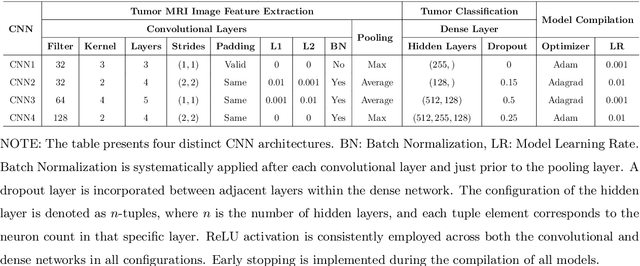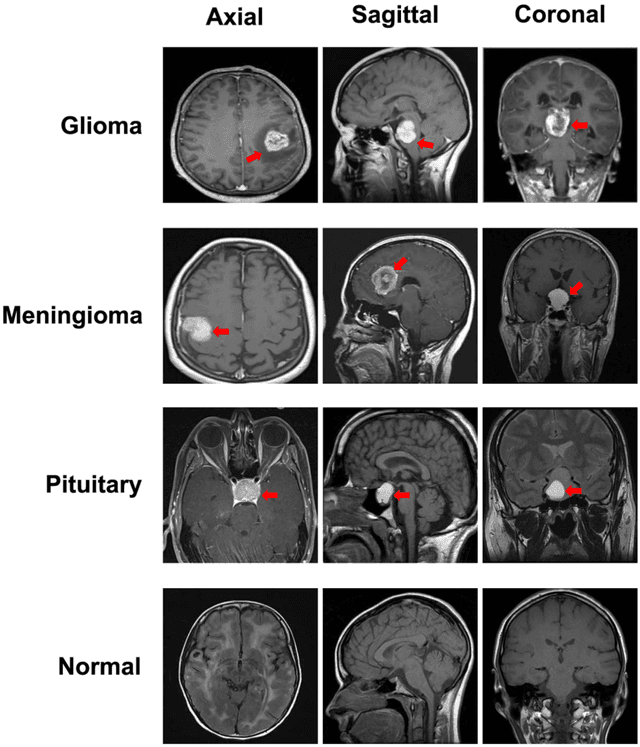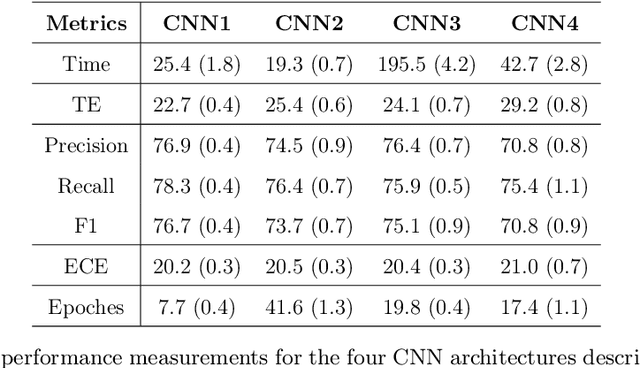Robust Brain MRI Image Classification with SIBOW-SVM
Paper and Code
Nov 15, 2023



The majority of primary Central Nervous System (CNS) tumors in the brain are among the most aggressive diseases affecting humans. Early detection of brain tumor types, whether benign or malignant, glial or non-glial, is critical for cancer prevention and treatment, ultimately improving human life expectancy. Magnetic Resonance Imaging (MRI) stands as the most effective technique to detect brain tumors by generating comprehensive brain images through scans. However, human examination can be error-prone and inefficient due to the complexity, size, and location variability of brain tumors. Recently, automated classification techniques using machine learning (ML) methods, such as Convolutional Neural Network (CNN), have demonstrated significantly higher accuracy than manual screening, while maintaining low computational costs. Nonetheless, deep learning-based image classification methods, including CNN, face challenges in estimating class probabilities without proper model calibration. In this paper, we propose a novel brain tumor image classification method, called SIBOW-SVM, which integrates the Bag-of-Features (BoF) model with SIFT feature extraction and weighted Support Vector Machines (wSVMs). This new approach effectively captures hidden image features, enabling the differentiation of various tumor types and accurate label predictions. Additionally, the SIBOW-SVM is able to estimate the probabilities of images belonging to each class, thereby providing high-confidence classification decisions. We have also developed scalable and parallelable algorithms to facilitate the practical implementation of SIBOW-SVM for massive images. As a benchmark, we apply the SIBOW-SVM to a public data set of brain tumor MRI images containing four classes: glioma, meningioma, pituitary, and normal. Our results show that the new method outperforms state-of-the-art methods, including CNN.
 Add to Chrome
Add to Chrome Add to Firefox
Add to Firefox Add to Edge
Add to Edge